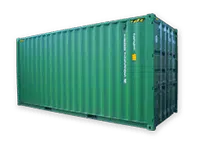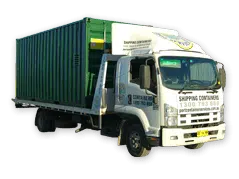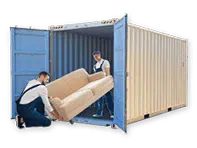Storing dangerous goods safely is crucial for any industry. Get the best containers for ultimate safety and compliance! This article delves into the essential practices and considerations for using dangerous goods containers, particularly in the context of construction and mining industries in Australia. From proper labeling and marking to emergency response procedures, we’ll cover all you need to know to maintain a safe and compliant storage environment.
Proper Labeling and Marking
Proper labeling and marking of dangerous goods containers are crucial for safety and compliance. Labels should clearly indicate the type of hazardous material contained, along with any relevant handling instructions. This not only helps in preventing accidents but also ensures that emergency responders are aware of the potential risks involved.
Key Labeling Requirements:
Safe Handling Practices
Safe handling practices are essential to minimize the risks associated with dangerous goods. Proper training and adherence to guidelines can significantly reduce the likelihood of accidents.
Best Practices:
Essential Safety Equipment
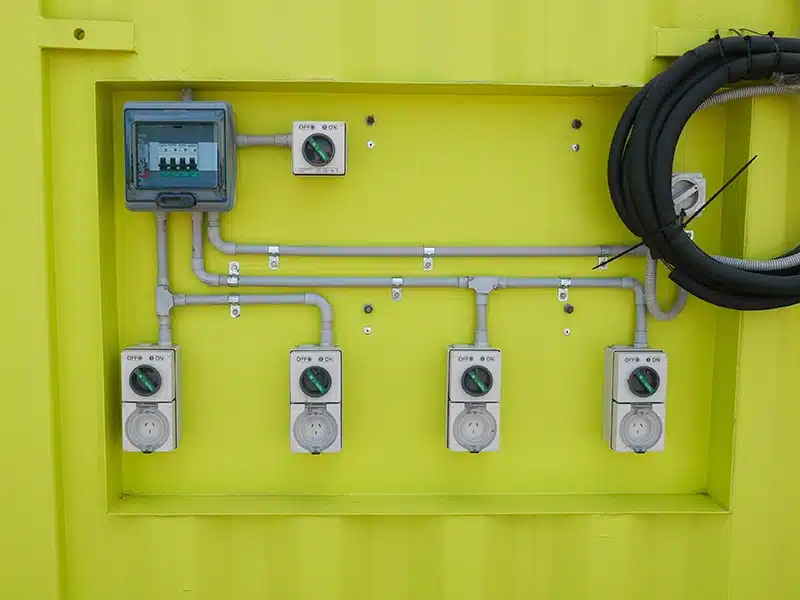
Equipping your facility with essential safety equipment is a critical step in managing dangerous goods.
Must-Have Safety Equipment:
Regulations and Compliance
Compliance with regulations is non-negotiable when it comes to storing dangerous goods. Understanding and adhering to the relevant Australian standards ensures legal compliance and safety.
Key Regulations:
Preventing Leaks and Spills
Preventing leaks and spills is essential to maintain a safe storage environment. Implementing robust containment measures can mitigate risks.
Prevention Tips:
Secure Loading and Transport
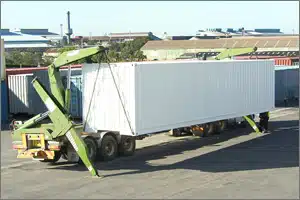
Secure loading and transport are vital to ensure the safe movement of dangerous goods.
Best Practices:
Emergency Response Procedures
Having well-defined emergency response procedures can save lives and minimize damage in case of an incident involving dangerous goods.
Response Steps:
- 1
Immediate Evacuation: Evacuate the area immediately if a dangerous situation arises.
- 2
Emergency Services: Contact emergency services and provide detailed information about the hazardous material involved.
- 3
Containment Measures: Implement containment measures to limit the spread of hazardous materials.
Choosing the Right Dangerous Goods Container for Your Needs
Selecting the appropriate container for your specific needs is crucial to ensure safety and compliance.
Factors to Consider:
Maximizing the Lifespan of Dangerous Goods Containers
Maintaining and extending the lifespan of your dangerous goods containers can save costs and ensure continued safety.
Maintenance Tips:
Safeguarding Your Environment: Applying Best Practices for Dangerous Goods Storage
Ensuring the safe storage and handling of dangerous goods requires diligent adherence to safety practices and regulatory compliance. By implementing proper labeling, handling, and storage techniques, and choosing the right containers, you can create a safer environment for your personnel and the surrounding community. For high-quality, compliant dangerous goods containers, consider partnering with Port Shipping Containers for all your storage needs.
3-Step Process to Ensure Safety
- 1
Identify and Label: Clearly identify and label all dangerous goods.
- 2
Equip and Train: Ensure your facility is equipped with necessary safety gear and your team is well-trained.
- 3
Inspect and Maintain: Regularly inspect and maintain your containers to prevent leaks and spills.
For more information or to get a quote on our range of dangerous goods containers, contact us today!



